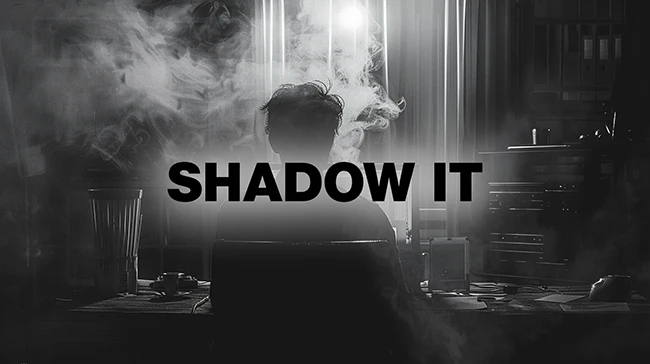April 22, 2025 By Mirko Zorz
Shadow IT isn’t just a security risk, it’s a legal one. When teams use unsanctioned tools, they can trigger compliance violations, expose sensitive data, or break contracts. Let’s look at where the legal landmines are and what CISOs can do to stay ahead of them.

Understanding the legal risks of shadow IT
When employees use unapproved tools, they may inadvertently violate laws and regulations designed to protect sensitive information. For instance, the GDPR mandates strict control over personal data. Unauthorized applications can compromise this control, leading to non-compliance and potential fines. Similarly, industries governed by regulations like HIPAA or PCI DSS face increased risks when shadow IT circumvents established data protection protocols.
Moreover, shadow IT can result in contractual breaches. Some business agreements include clauses that require adherence to specific security standards. The use of unauthorized software may violate these terms, exposing the organization to legal action.


